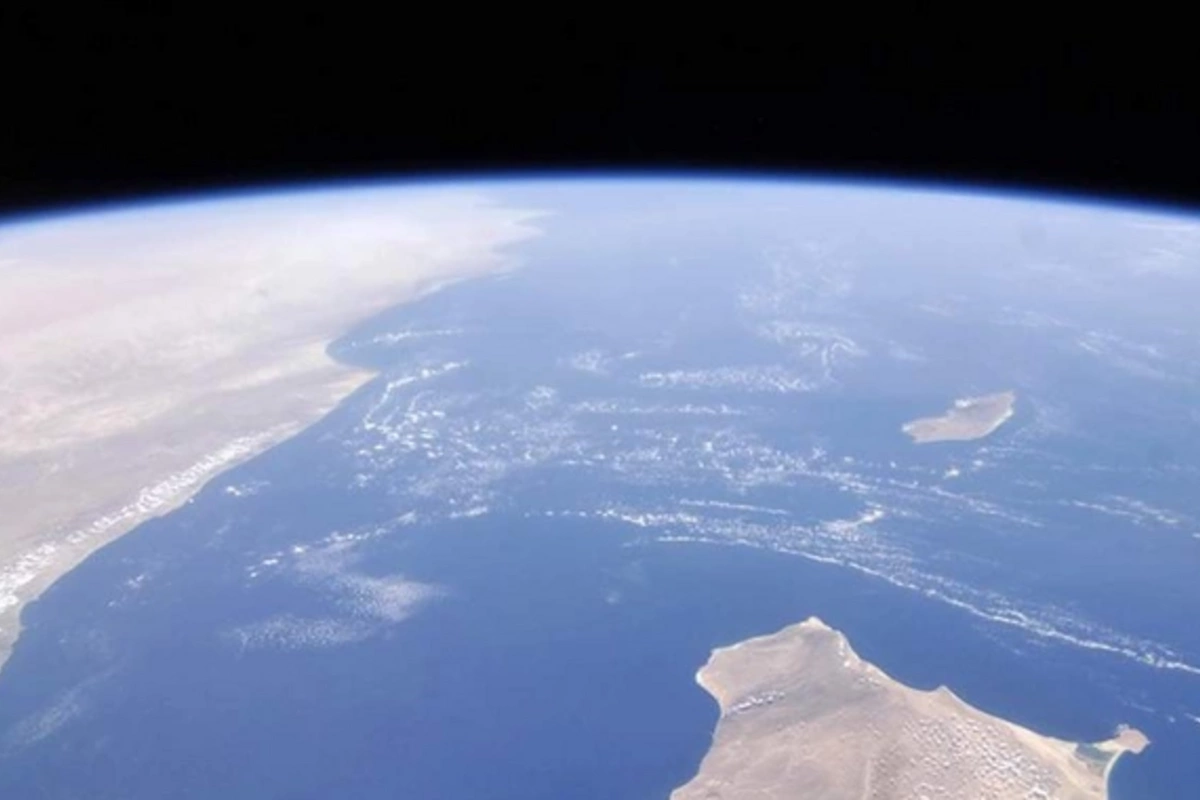21 May , 16:12
2

NASA satellites captured a grand natural show: a colossal bioluminescent bloom of phytoplankton illuminated the ocean expanses in November 2024. Scientists confirmed the natural origin of this impressive glowing of waters.
Despite the fact that similar phenomena have been observed before, the current one is striking in its unprecedented scale. Researchers emphasize that behind the fascinating spectacle lies a crucial ecological process that has a significant impact on marine ecosystems and the planet's climate conditions. This was reported by The Daily Galaxy.
Thanks to the PACE satellite and the special Ocean Color Instrument, the scientific community recorded a bright turquoise glow off the southern shores of Australia — in the waters of the Great Australian Bight and the Tasman Sea. The intensity of the glow reached such proportions that the phenomenon is clearly distinguishable even from space orbit. The cause of this amazing phenomenon was a high concentration of microscopic algae emitting light during complex biochemical processes.
Additional observations conducted in December 2023 and January 2024 also confirmed phytoplankton activity in this region. Blue-green areas near the Bonnie coast were particularly prominent. Specialists note that such blooms occur in the photic zone — the upper layer of the ocean where light conditions are ideal for the rapid development of algae.
Scientists explain that the observed glow is directly related to the increased concentration of chlorophyll A — a key pigment that enables the process of photosynthesis. It is this component that gives algae the ability to emit light in characteristic turquoise and green tones. Oceanographer Jochen Kempf from Flinders University notes that the large-scale bloom spread along the shelf drop at a depth of more than 150 meters. Other types of algae, as well as suspended particles rising from the ocean floor, may have contributed to the unique coloration.
The significance of such phenomena goes far beyond aesthetic perception. They clearly demonstrate the complex interaction of oceanic currents, nutrients, and biological processes. The scientific community emphasizes that such phenomena help to better understand the functioning of marine ecosystems and the enormous influence of the World Ocean on Earth's climate system.
The mass blooming of phytoplankton plays a fundamental role in the marine food chain. In particular, in the Bass Strait area, it annually attracts blue whales that feed on krill — small crustaceans that in turn consume algae. This natural phenomenon also becomes a real feast for numerous species of fish, crabs, sardines, anchovies, and other inhabitants of the marine depths.
Additionally, phytoplankton performs a critically important function in climate regulation: it produces oxygen and absorbs carbon dioxide. According to NASA scientists, observing such grandiose phenomena from orbit clearly demonstrates how enormously important microscopic life is for the global ecosystem of our planet.